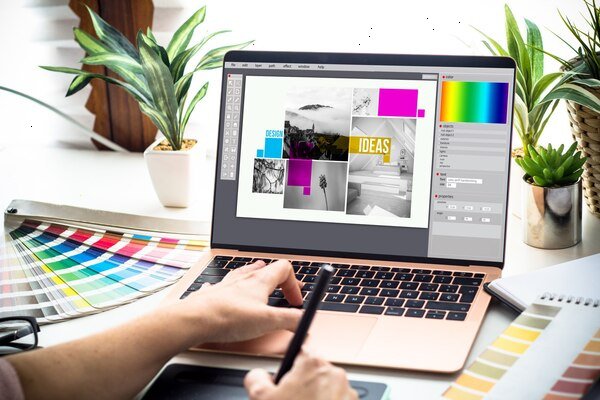Mastering Typography: Tips for Beginners
Typography is a critical element in design that goes beyond merely arranging text. It encompasses the art and technique of making written language legible, readable, and visually appealing. While it may seem daunting at first, mastering typography isn't an insurmountable challenge. Here are some essential tips for beginners to get you started on the path to typographic proficiency.
Understand Typeface vs. Font

Before diving in, it’s vital to grasp the distinction between a typeface and a font. A typeface refers to the design of the letterforms, while a font is the delivery mechanism—be it in different weights, styles, or sizes. Think of a typeface as a family, and the fonts as the individual members within it.
Choose Your Typeface Wisely
Different typefaces evoke different emotions and serve varied purposes. Serif typefaces, with their small lines attached to the end of strokes, are usually seen as traditional and more readable for lengthy texts. Sans-serif typefaces, devoid of these extra strokes, offer a modern and clean look, making them ideal for websites and digital interfaces. Script and decorative typefaces add flair but should be used sparingly to maintain legibility.
Master Hierarchy and Contrast
Typography is not just about choosing the right typeface but also about arranging text to guide the reader’s eye. Establish a clear typographic hierarchy to differentiate headings, subheadings, body text, and other elements. Using different sizes, weights, and styles within a single typeface family can create an appealing contrast and aid in navigation.
Keep an Eye on Spacing
Good typography relies heavily on the proper use of spacing, including leading (the space between lines of text), kerning (the space between individual characters), and tracking (the space between groups of characters). Proper spacing ensures readability and prevents your text from feeling cramped or too sparse.
Limit Your Typefaces
While the plethora of available typefaces might tempt you to use several in a single project, restraint is key. Using more than two or three typefaces can make your design look chaotic and unprofessional. Stick to a primary typeface and a secondary one for contrast or emphasis.
Pay Attention to Alignment
Alignment affects the readability and the overall aesthetic of your text. Left-align text for a cohesive, easy-to-read layout, especially for longer blocks of text. Center alignment can be aesthetically pleasing but is generally harder to read and should be reserved for short lines of text, such as titles or captions.
Utilize Grids
Grids provide a framework that helps in maintaining consistency in your typographic layouts. They ensure that every element has a place, contributing to a harmonious and well-structured design. Plus, grids can help you balance negative space, making your text look cleaner and more organized.
Test Readability
Ultimately, typography is all about communication. Always test the readability of your text by considering your audience and the medium through which the content will be consumed. Different devices and screen sizes may require adjustments to your typographic choices.
Stay Consistent
Consistency is crucial. Stick to the typographic rules you establish at the beginning of your project, whether they concern font choices, spacing, alignment, or colors. This uniformity gives your work a professional and cohesive look.
In summary, mastering typography is an ongoing process that involves continuous learning and refinement. By understanding the nuances of typefaces and fonts, maintaining a clear hierarchy, focusing on spacing, and adhering to a consistent alignment, beginners can elevate their typographic skills significantly. So, delve into the world of typography with these tips as your guide, and watch how they nti2t your design projects into visually compelling pieces.